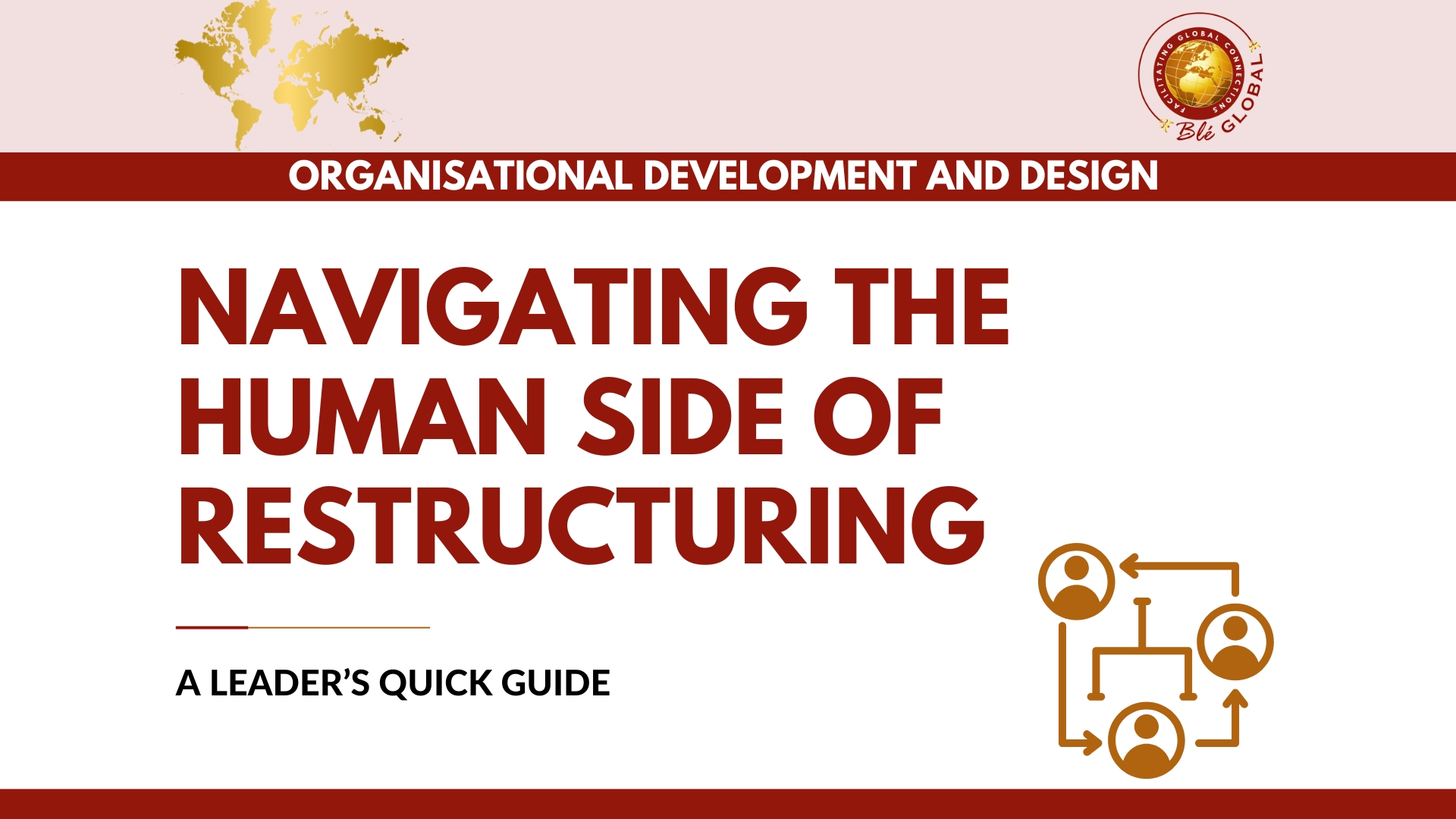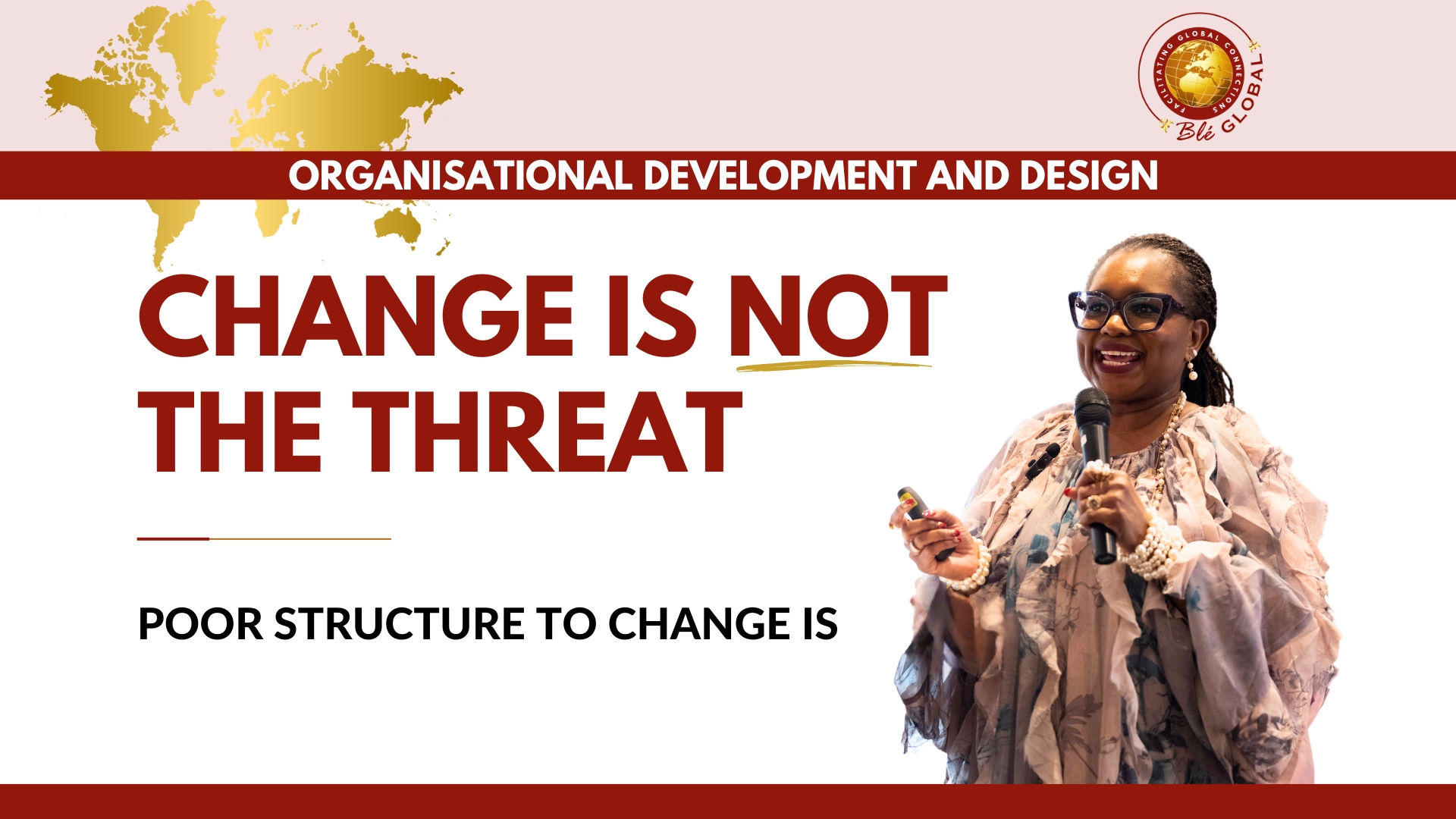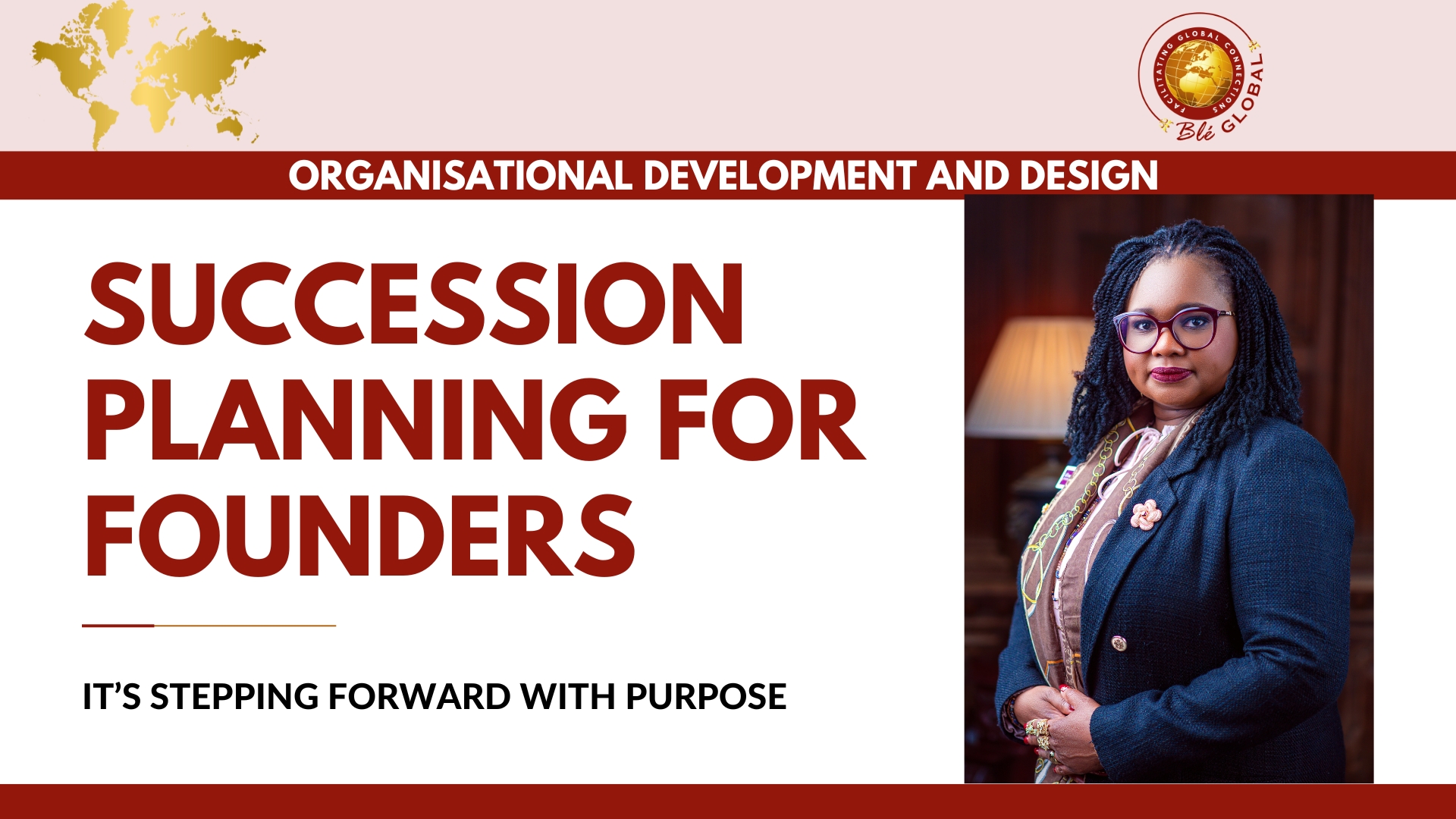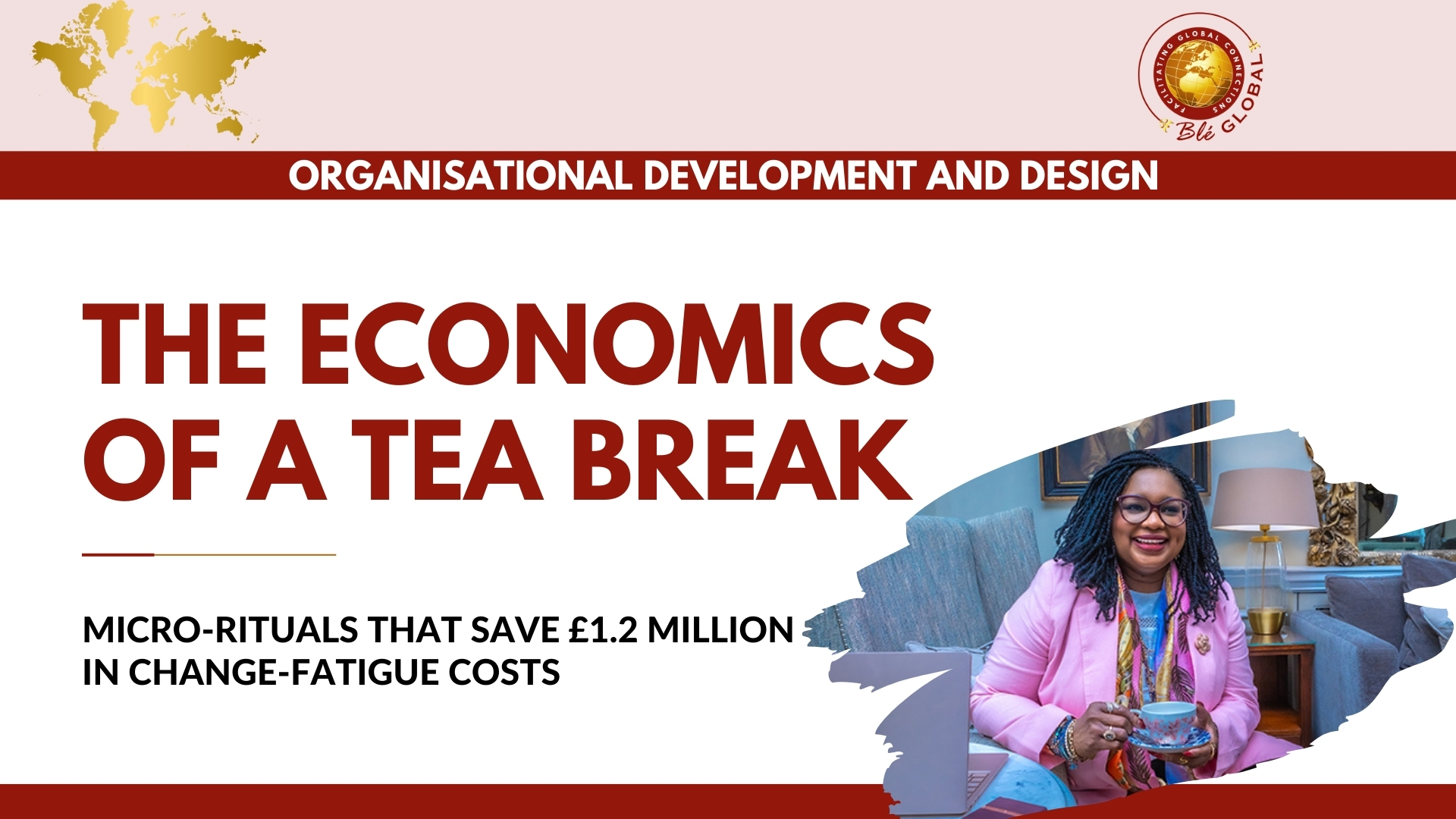Change has always been part of business. Strategy evolves. Markets shift. New systems are introduced.…
Restructuring is more than an operational shift; it is a transformation that deeply impacts people. Leadership during this transition requires clarity, empathy and a structured approach to ensure engagement, morale and productivity remain intact. When handled strategically, restructuring strengthens alignment, preserves culture and fosters long-term resilience.
Successful leaders approach restructuring with a focus on both structural efficiency and human engagement. A workforce undergoing change requires guidance, reassurance and a clear sense of direction. Leaders who prioritise communication, cultural cohesion and structured execution create environments where employees navigate transition with confidence.
Understanding the Human Impact of Restructuring
Restructuring affects individuals at every level, from leadership teams to frontline employees. Organisations often encounter these challenges:
- Uncertainty and Resistance: Employees seek clarity about their roles and the organisation’s future.
- Emotional and Cultural Disruptions: Rapid change can unsettle workplace culture, impacting trust and collaboration.
- Leadership Adaptability: Leaders must balance strategic execution with fostering confidence and stability.
- Communication Gaps: Misalignment in messaging creates confusion and erodes engagement.
Research indicates that successful transformations prioritise employee engagement, increasing the likelihood of achieving restructuring goals by 70%. Effective change management strategies ensure smoother transitions and long-term organisational success.
Leadership Strategies for Human-Centric Restructuring
A well-executed restructuring aligns leadership, culture and operational execution while maintaining trust and motivation. Key leadership strategies include:
1. Strengthening Leadership Communication
Clear, transparent communication sets the tone for a successful transition.
- Define and Reinforce the Vision: Employees need to understand the restructuring’s purpose and future impact.
- Foster Open Dialogue: Encourage questions, provide forums for discussion and address concerns promptly.
- Lead with Consistency: Unified messaging from leadership minimises confusion and reassures teams.
2. Prioritising Employee Experience and Well-being
A workforce-centric approach fosters commitment and trust.
- Acknowledge Emotional Responses: Leaders who recognise and validate employee concerns build stronger engagement.
- Provide Clarity on Roles and Future Opportunities: Employees require clear expectations and career pathways post-restructuring.
- Maintain Psychological Safety: Stability, trust and support enhance adaptability and resilience.
3. Managing Organisational Culture during Change
Restructuring should reinforce, not weaken, cultural integrity.
- Align Culture with Strategy: Ensure organisational values remain intact through transition.
- Strengthen Team Collaboration: Facilitate relationship-building to sustain morale and performance.
- Recognise and Reward Adaptability: Acknowledge contributions to reinforce engagement and commitment.
4. Structuring Execution for Long-Term Stability
Restructuring success depends on effective implementation.
- Establish Clear Milestones: Define measurable objectives to track progress and maintain accountability.
- Enable Managers as Change Agents: Equip middle management with tools to support their teams through transition.
- Create Feedback Loops: Regularly assess the impact of change initiatives and adjust strategies accordingly.
Navigating Restructuring with Confidence
Restructuring can feel complex, but leaders don’t have to navigate it alone. If you are facing challenges in aligning your team, sustaining morale, or ensuring a smooth transition, let’s open a conversation. Whether you need a sounding board, strategic insights, or a fresh perspective, I’m here to offer guidance.
Change is a shared journey and the right conversations can make all the difference. How can I support your leadership through this transition?
Restructuring is an opportunity to build a stronger, more agile organisation when approached with a human-first mindset. Effective leaders ensure transitions are guided by strategic clarity, cultural alignment and proactive engagement.
- Transparent leadership fosters trust and stability.
- Engaged employees embrace change with confidence.
- Structured execution transforms uncertainty into resilience.
The true measure of restructuring success is not only operational efficiency but also how well people emerge from the transition; aligned, motivated, and equipped for the future.
Author: Dr. Blessing Enakimio
Blé Global - Facilitating Global Connections




